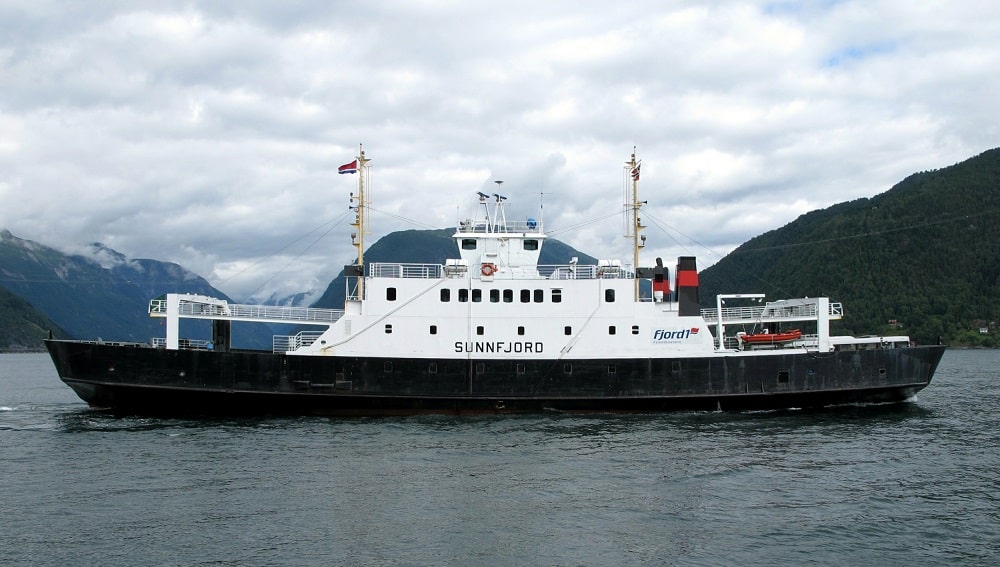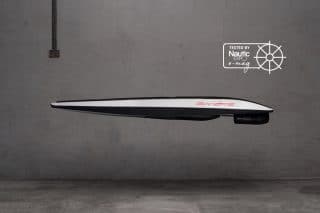Global maritime infrastructure specialist Cavotec has won a €9 million “breakthrough” order for 40 of its MoorMaster automated mooring systems (AMS) that will equip electric ferry ports across Norway.
Following its stated aim of reducing carbon dioxide emissions by 40%, Norway has led the introduction of electrically-powered and hybrid vessels. Automated mooring and charging systems are a logical next step. Speaking to NauticExpo e-magazine, Cavotec e-ferries sales director Sofus Gedde-Dahl stated:
The rapid introduction of e-ferries in Norway has been the dominant driver for the wider adoption of MoorMaster in recent years, a development that we see being replicated in neighboring markets such as Finland and Denmark. With these latest orders, around forty e-ferry ports will be equipped with MoorMaster—and we’re also seeing great interest from customers in Canada, the US, and southern Europe.

Norwegian ferry company Fjord1 this year ordered seven new battery-powered ferries that will come into service beginning 3Q/2019. (Credit: Fjord1)
Technology that eliminates the need for conventional mooring lines, MoorMaster uses remote-controlled vacuum pads recessed in, or mounted on, the quayside or pontoons. Combined with Cavotec’s automated charging, it forms an integrated system ideal for e-ferries in terms of cost and turnaround times. Watch a video here. Gedde-Dahl added:
Cavotec has moored and charged the world’s first fully-electric car ferry, the Ampere, since it entered service in 2015. Building on that success, our mooring and charging technologies have been introduced at a growing number of Scandinavian e-ferry berths. But this is a breakthrough order.
Financial Upside
He pointed to the June 2018 report, “Reduction in CO2 Emissions in RoRo/Pax Ports equipped with Automatic Mooring Systems” as further evidence of sustainability. Compiled by the Spain-based Ocean and Coastal Planning and Management R&D Group, the report says that use of AMS significantly cuts CO2 emissions—and Nordic countries contribute most to those reductions by continuing to adopt AMS.
There’s a financial upside too, Gedde-Dahl explained: “In terms of capital expenditure, MoorMaster makes it possible to moor vessels using existing berths—rather than extending quays—enabling capacity expansion with current infrastructure. An AMS can moor and release a vessel in seconds, thus increasing the amount of time available for vessel charging. That’s highly beneficial for ferry operators. It allows them to optimize charging times without increasing the time vessels spend at berth. In turn, that also entails a reduction of battery and charging capacity on-board vessels.” Gedde-Dahl said:
For smaller vessels especially, turnaround times are often the key challenge.
“MoorMaster keeps vessels in pre-programmed positions to maximize the amount of charging time. Integrated with our automated charging technologies, it’s fast enough that vessels can be charged during port calls as short as 10 minutes.”






